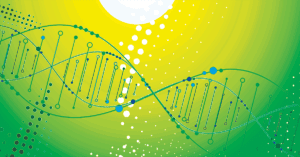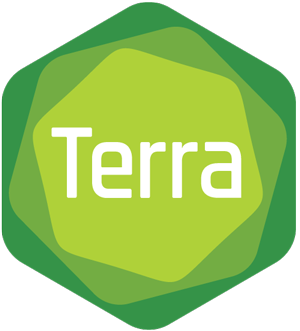

From liquid biopsies in Ghana to African cancer genomics in the cloud
Guest author Sam Ahuno describes his published work on African cancer genomics and shares his vision of a cloud-powered future for computational research in Africa.


Guest author Sam Ahuno describes his published work on African cancer genomics and shares his vision of a cloud-powered future for computational research in Africa.


This chronic lymphocytic leukemia (CLL) study used Terra to process and analyze WES, WGS, RNA-seq, RRBS, and targeted NOTCH1 sequencing data.


This spotlight on the paper describing the Telomere-to-Telomere genome reference highlights how the variant calling part of the work was implemented in Terra.


A review of data, code and tools available for reuse in Terra, inspired by “Ten simple rules for large-scale data processing” (Fungtammasan 2022)


This spotlight on a peer-reviewed paper about the 2021 Delta variant outbreak in Provincetown, MA highlights how the viral genomics part of the work was implemented in Terra.


A quick recap of recent Terra-related headlines: Journal appearances for Terra and the AnVIL, planned integration with Singular Genomics’ new G4 sequencer and a new release of Microsoft’s Cromwell on Azure.


Brendan Reardon, computational biologist at Dana Farber Cancer Institute, describes how the MOAlmanac algorithm and analysis portal enable a wide range of users to leverage large-scale genomics to guide individualized patient care in oncology.


Samantha Zarate of the Schatz Lab takes us behind the scenes of the large-scale analysis that demonstrated the benefits of the new T2T-CHM13 reference genome for variant calling.


PANOPLY is a computational framework for applying statistical and machine learning algorithms to transform multi-omic data from cancer samples into biologically meaningful and interpretable results. In this post, D. R. Mani explains how his team is leveraging Terra to make PANOPLY accessible to a wide range of researchers.


New year, new partnership… and a new blog series focusing on highlighting papers that we think will be of interest to many of you. For this first iteration, we review a review paper (review-ception!) fresh off the virtual press over at GigaScience, coming out of C. Titus Brown’s lab at UC Davis, on the topic of workflow systems.

